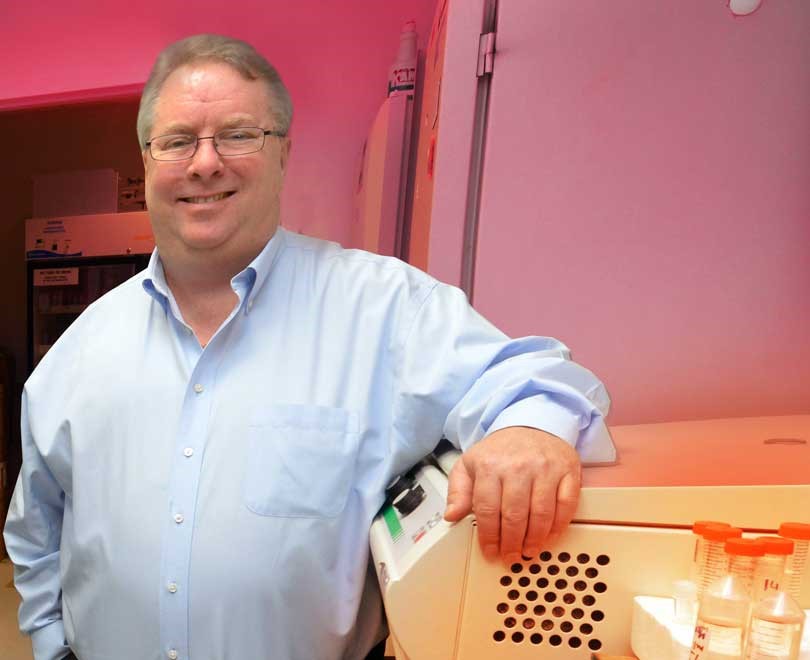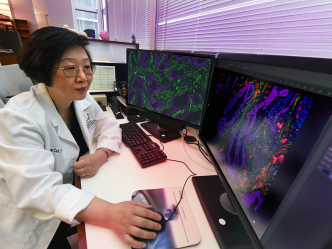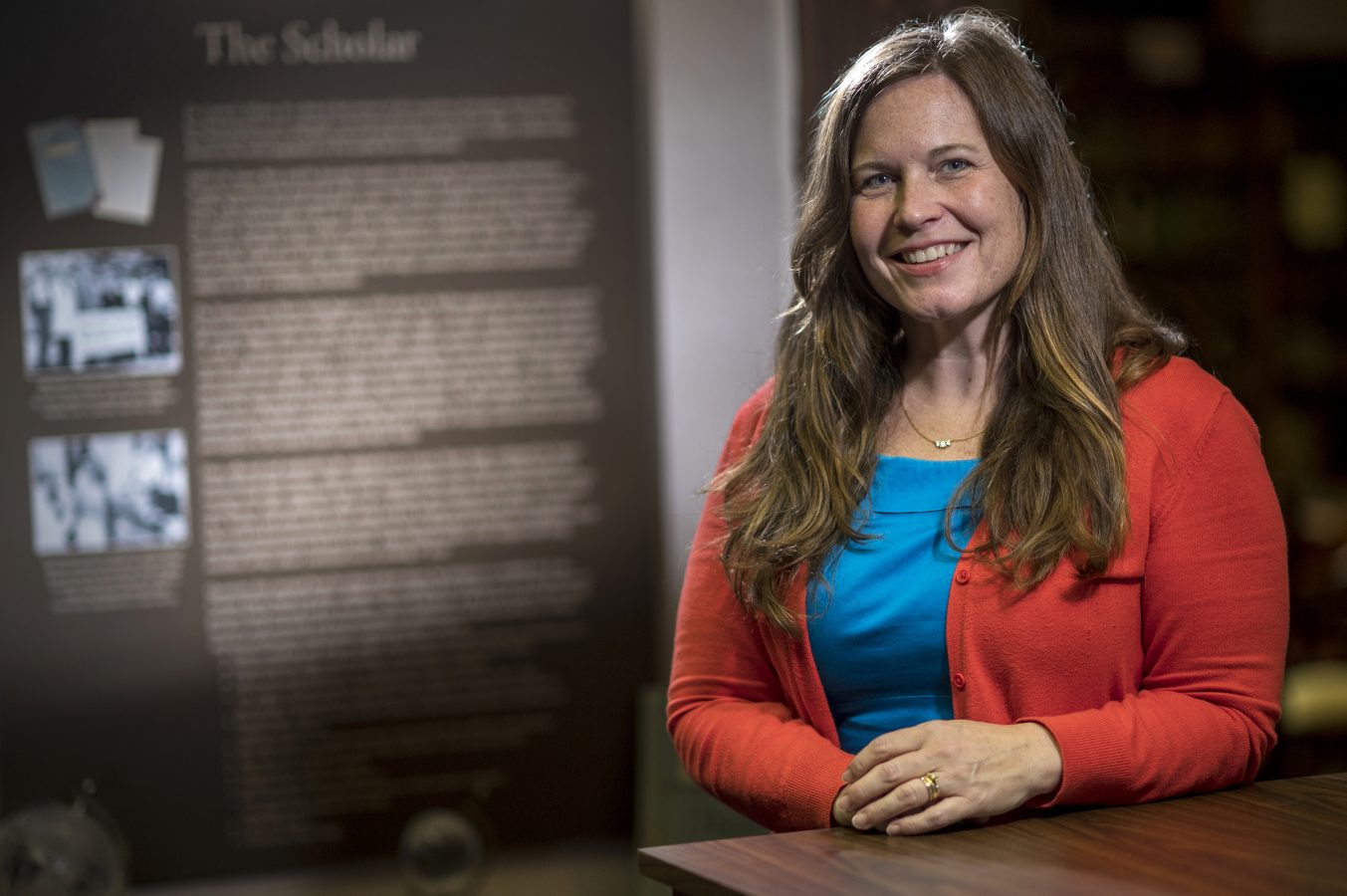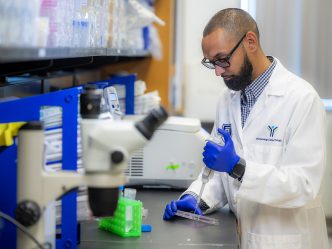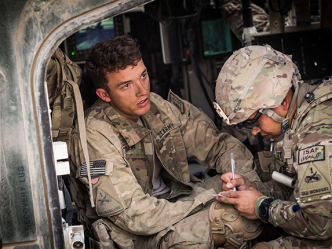Richard McIndoe, PhD, a bioinformatics expert and director of the Center for Biotechnology and Genomic Medicine at the Medical College of Georgia, is leading the Coordinating Unit of a new national research initiative designed to move science forward in understanding common, life-changing metabolic problems like diabetes and obesity.
The National Centers for Metabolic Phenotyping in Live Models of Obesity and Diabetes, or MPMOD, is a multicenter initiative being established by the National Institute of Diabetes and Digestive and Kidney Diseases.
MPMOD is designed to give scientists direct access to sophisticated, complex, time-consuming testing and procedures, like bariatric surgery on mice, at select centers that will enable new insight into metabolism, energy balance, eating and exercise, the form and function of organs and overall physiology, or how an organism functions.
McIndoe, a Regents’ professor and Georgia Research Alliance Distinguished Investigator, recently was awarded a $3.4 million grant (1U24DK135044-01) from the NIDDK to direct the MPMOD’s Coordinating Unit.
Key personnel on the new unit also include Ashok Sharma, PhD, proteomics and bioinformatics expert in the MCG Center for Biotechnology and Genomic Medicine, who is working with computer programmers developing the software for the initiative’s web portal. And Hongyan Xu, PhD, an expert in statistical genetics and genetic epidemiology in the MCG Department of Population Health Sciences, who will work on biostatistics aspects related to the design of studies, data analysis including analysis of experimental phenotype data, and interpreting results.
The four phenotyping centers are Vanderbilt University School of Medicine led by David Wasserman, PhD, Annie Mary Lyle Chair of Molecular Physiology and Biophysics and director of the Mouse Metabolic Phenotyping Center; University of California, Davis Health, led by Kent Lloyd, DVM, director of the Mouse Biology Program; Yale University School of Medicine led by Gerald Shulman, MD, George R. Cowgill Professor of Medicine (Endocrinology) and codirector of the Yale Diabetes Research Center; and the University of Michigan Medical School, led by Carol Elias, PhD, professor of Molecular and Integrative Physiology and Obstetrics and Gynecology.
MPMOD will establish a fee for service arrangement for specialized skill sets at the centers that the individual scientists’ own institution cannot provide, McIndoe says. The initiative also helps defer some of the cost of those services as another way to support the pursuit of new knowledge.
The new initiative will also establish the VIBRANT project, a pilot program to provide small, one-year grants to help early career scientists from underrepresented in biomedical research and/or smaller research institutions in the US that haven’t received much external research support. The small grants will help pay for requested services, like phenotyping, as well as travel to the MPMOD Phenotyping Centers to learn some of the techniques themselves.
Coordinating Unit duties McIndoe will direct include developing and maintaining the centers’ web portal, where most transactions will occur like investigators being able to peruse and order from the catalogue of services offered by the four centers — much like we all do with online shopping — and tracking the status of their request. The web portal likely will be ready by the fall, McIndoe says. When ready, Coordinating Unit members will visit the centers to help train staff there on website navigation, data entry and produce training videos to help new employees at the centers get up to speed.
McIndoe is working now on assembling a laundry list of all the specialized services offered by each of the centers; once orders start coming in, he will help coordinate activity, ensuring that the centers get the requests and that the investigators get their answers. The centers also work directly with individual scientists to ensure that the studies they are requesting will answer the questions they are asking.
Previously these types of connections would have to be found, made and negotiated by the individual investigators. “This consortium eases that process,” McIndoe says.
As information is generated by tests, like how much the energy expenditure of a mouse is impacted by a certain drug or a diet, the Coordinating Unit will capture and analyze the data, including production of visuals that help bring the information to life. McIndoe notes that the unit will make findings, positive and negative, available to the broader scientific community when appropriate.
Other duties will include coordinating every aspect of MPMOD’s annual Steering Committee Meeting, from choosing a location to finalizing the agenda, and doing the same for monthly conference calls between the centers. Staff will also use social media to help promote the work of investigators and keep them informed on new technologies, etc.
McIndoe directed the NIDDK-funded Mouse Metabolic Phenotyping Centers for 15 years. The six centers made the specialized, expensive mouse-testing capabilities of six research universities available and affordable to researchers nationwide. NIDDK decided to sunset the centers about two years ago, and the MPMOD grew out of resulting comments from scientists across the nation on how instrumental the centers had been to their science, says McIndoe. MPMOD will now take advantage of the infrastructure McIndoe helped create for the Mouse Metabolic Phenotyping Centers and his experience at coordinating this sort of national collaborative.
Metabolism is how our bodies transform the food we eat into fuel that enables our function. Metabolic problems, like diabetes and obesity, occur when this normal process gets disrupted, by genetics and/or environmental factors like our diet and activity levels.
Phenotyping includes exploring the traits you can observe like an organism’s development, eventual shape and what chemical compounds in the body are doing like how a basic building block like protein is made and how glucose gets used. Traits result both from genetics and environmental exposures and can include a range of observables from physical size and hair color to having a specific disease like diabetes.
 Augusta University
Augusta University
